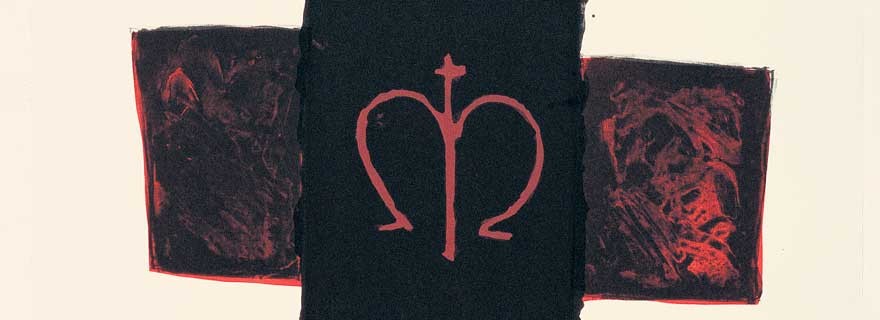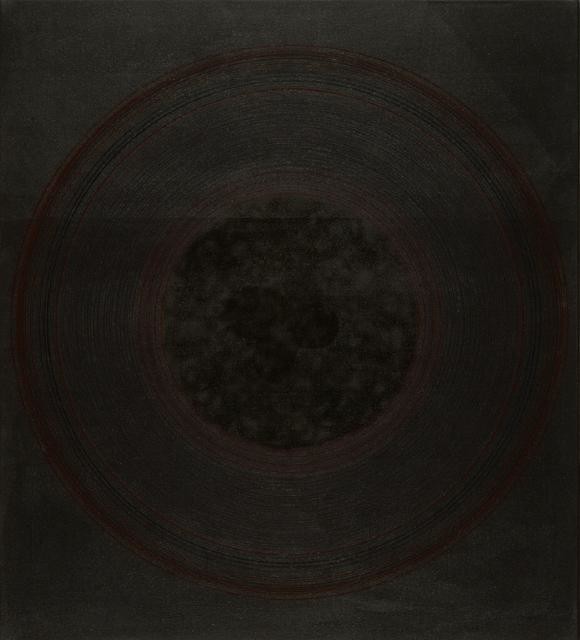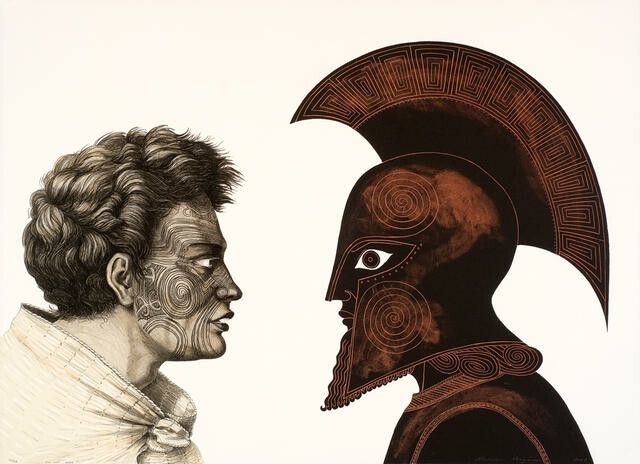Ralph Hotere - Malady panels
Ralph Hotere - Malady panels
An introduction to Ralph Hotere's Malady panels (1971), narrated by New Zealand actor Sam Neill.
Related reading: Ralph Hotere
Collection

Ralph Hotere Malady Panels
A poem by Bill Manhire was the inspiration for this series of paintings. It repeated the words ‘malady’, ‘melody’ and ‘my lady’ and the repetition, simplicity and strong emotion of the poem appealed to Ralph Hotere. ‘Melody’ and ‘malady’ come together in ‘my lady’, suggesting that deep-felt love can be both a sickness and a delight.
The fine circles in the paintings suggest the fragility of love, and their intense colour celebrates its beauty. Hotere made several works based on this poem during the early 1970s.
Hotere was born in Taikarawa, Northland, and was widely regarded as one of New Zealand’s greatest living artists. He is represented in public and private collections throughout New Zealand. He lived at Port Chalmers near Dunedin.
Exhibition
Hotere: Empty of shadows and making a shadow
22 July – 24 October 2005
An exceptional survey of lithographs by one of New Zealand's greatest artists.
Notes
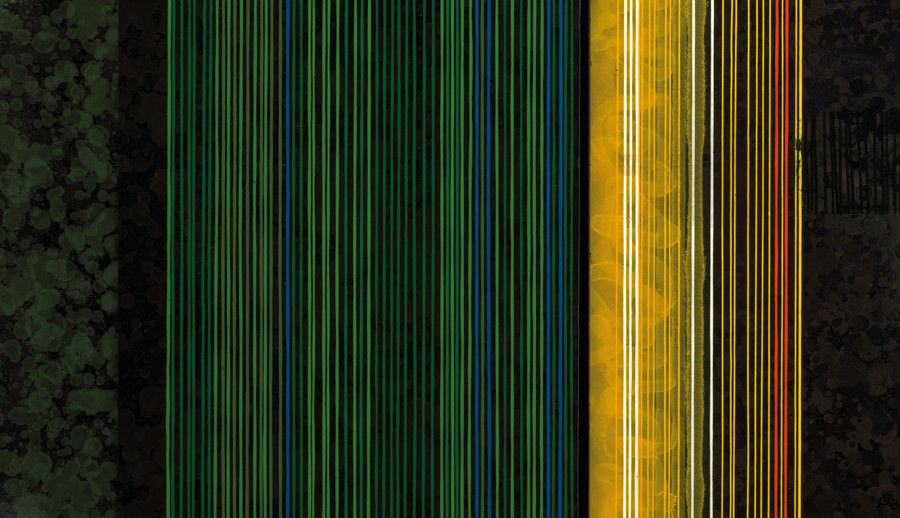
Ralph Hotere: Ātete (to resist)
The extraordinary exhibition Ralph Hotere: Ātete (to resist) provided Ōtautahi Christchurch audiences with a truly remarkable opportunity to experience artworks by Ralph Hotere at first hand. Ralph was one of Aotearoa’s most talented artists and, significantly for Christchurch, two of his most notable works, Godwit/Kuaka (1977) and Black Phoenix (1984–88), were shown for the first time in the city.
Notes
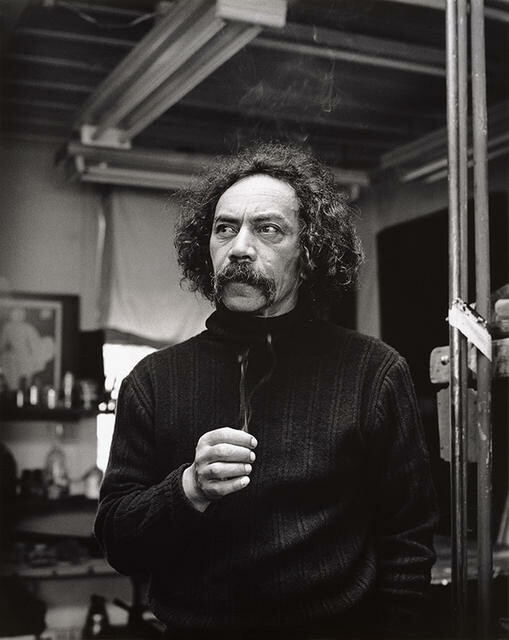
Ralph Hotere
Hard to believe two years have already gone by since the passing of Ralph Hotere on 24th February 2013. Unlike many public galleries around the country at the time of his passing Christchurch Art Gallery was frustratingly unable to display any works by Ralph from the collection due to our ongoing closure.
Notes
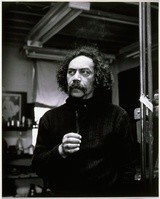
Ralph Hotere (Te Aupōuri) 11 Aug 1931 - 24 Feb 2013
Join us in commemorating the first anniversary of the death of one of New Zealand's most significant and acclaimed artists.
Notes
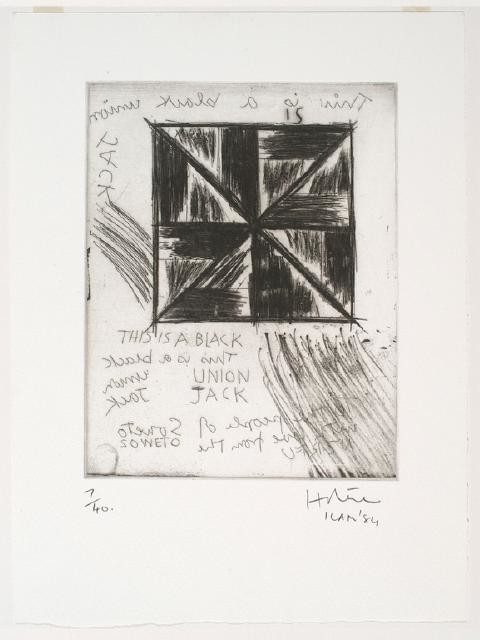
Black Union Jack
With the death of Nelson Mandela, the history of the anti-apartheid struggle is being re-examined, including the protest movement that emerged here in New Zealand.
Notes
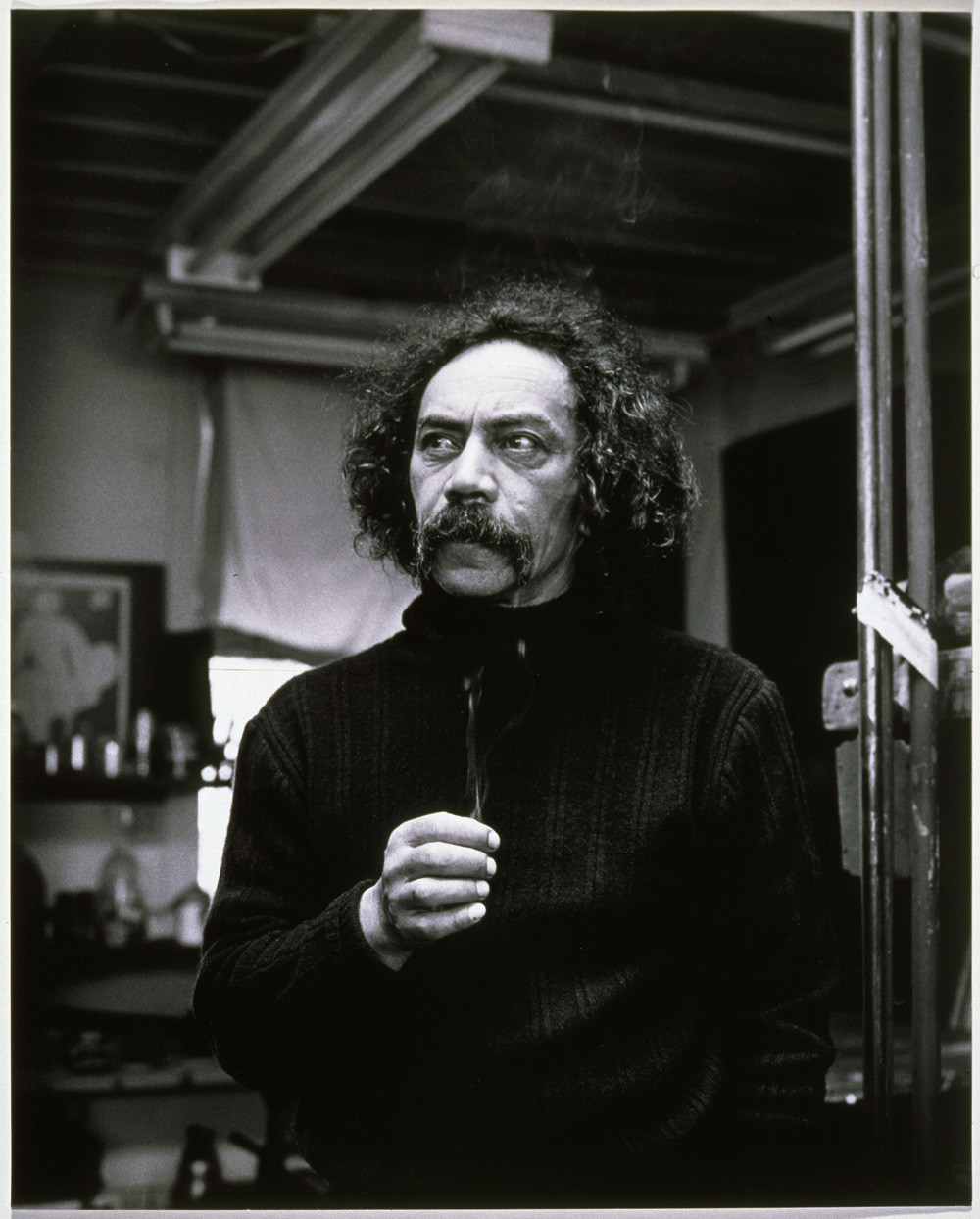
Black Painting
Ralph Hotere's recognition as a Member of the Order of New Zealand in the New Year was a fitting tribute to an artist whose work has truly reflected social, political and environmental issues relating to New Zealand and the wider international community throughout his career.
Notes
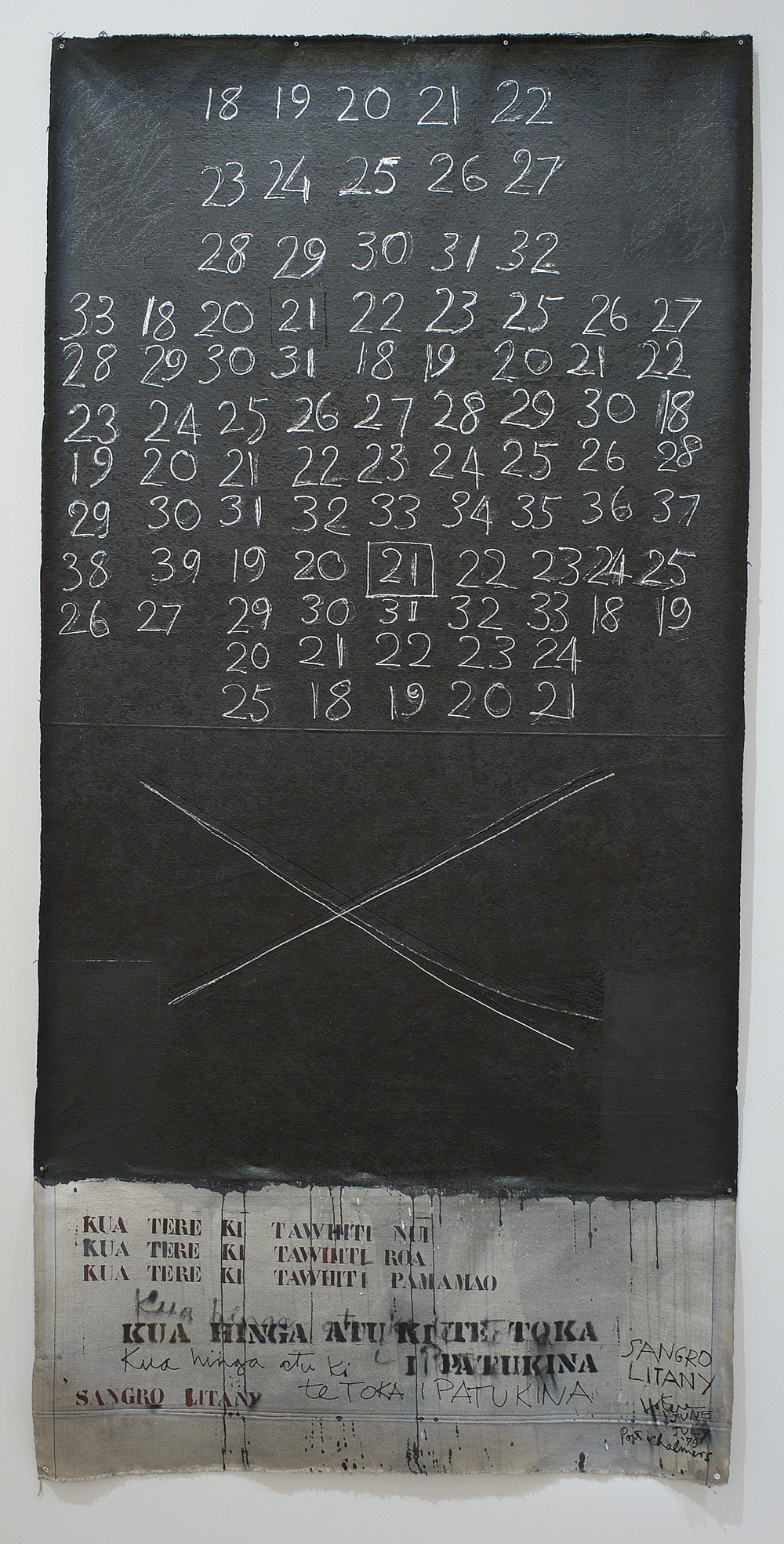
Sangro Litany by Ralph Hotere
The Sangro series, begun in 1962, is a memorial to Ralph Hotere's brother Jack, who fought with the Maori Battalion and whose grave lies among those of hundreds of other young soldiers at the Sangro River War Cemetery on Italy's Adriatic Coast.
Notes
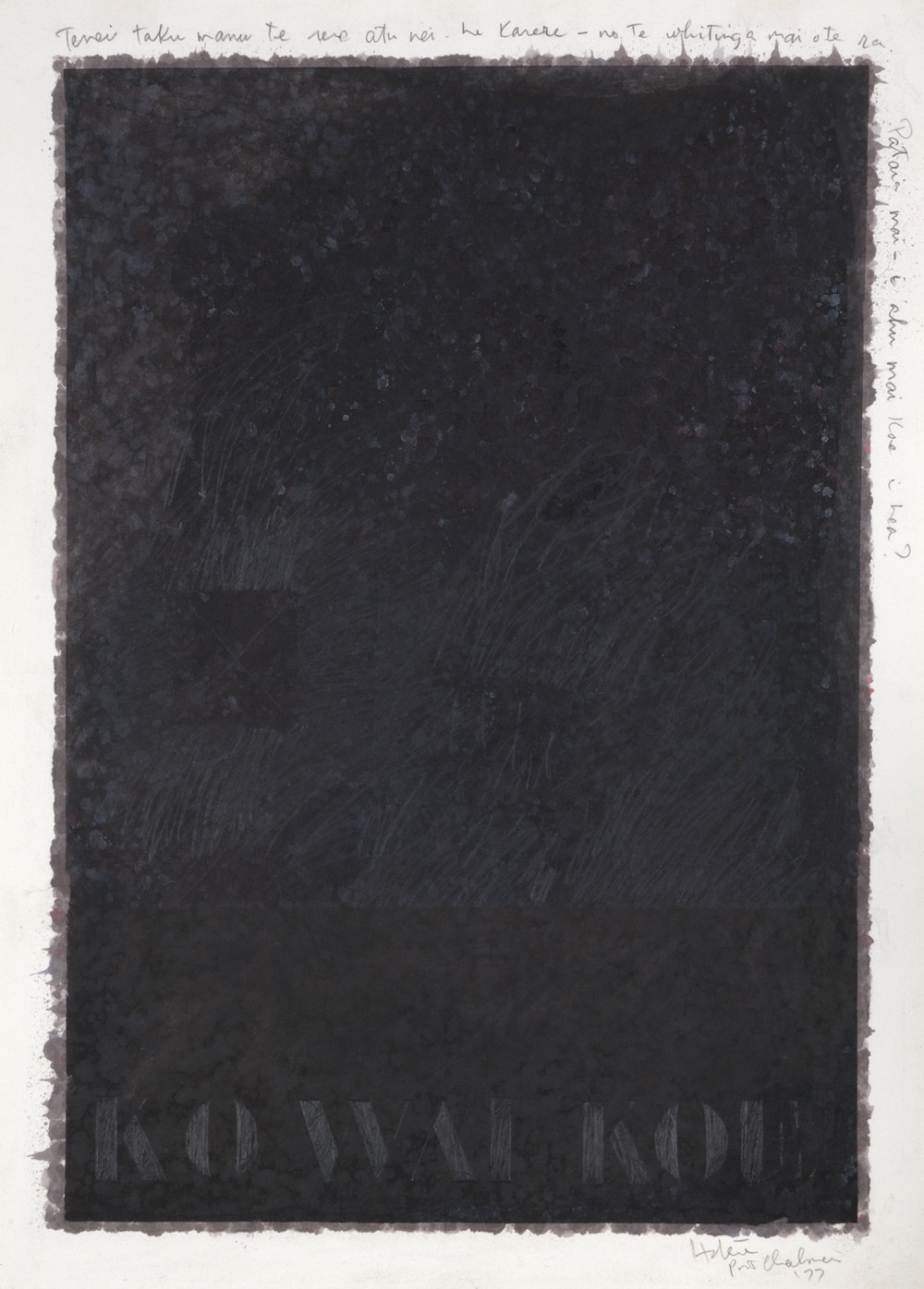
Drawing (KO WAI KOE?) by Ralph Hotere
This article first appeared in The Press on 28 March 2007
Among the highlights of the Christchurch Art Gallery's drawing collection is Drawing (KO WAI KOE?) by Otago artist Ralph Hotere. Produced in 1977 Drawing (KO WAI KOE?) illustrates Hotere's development from his formal geometric approach found in his earlier work of the late 1960s and early 1970s towards the more expressive manner he developed throughout the 1970s and 1980s.
Commentary
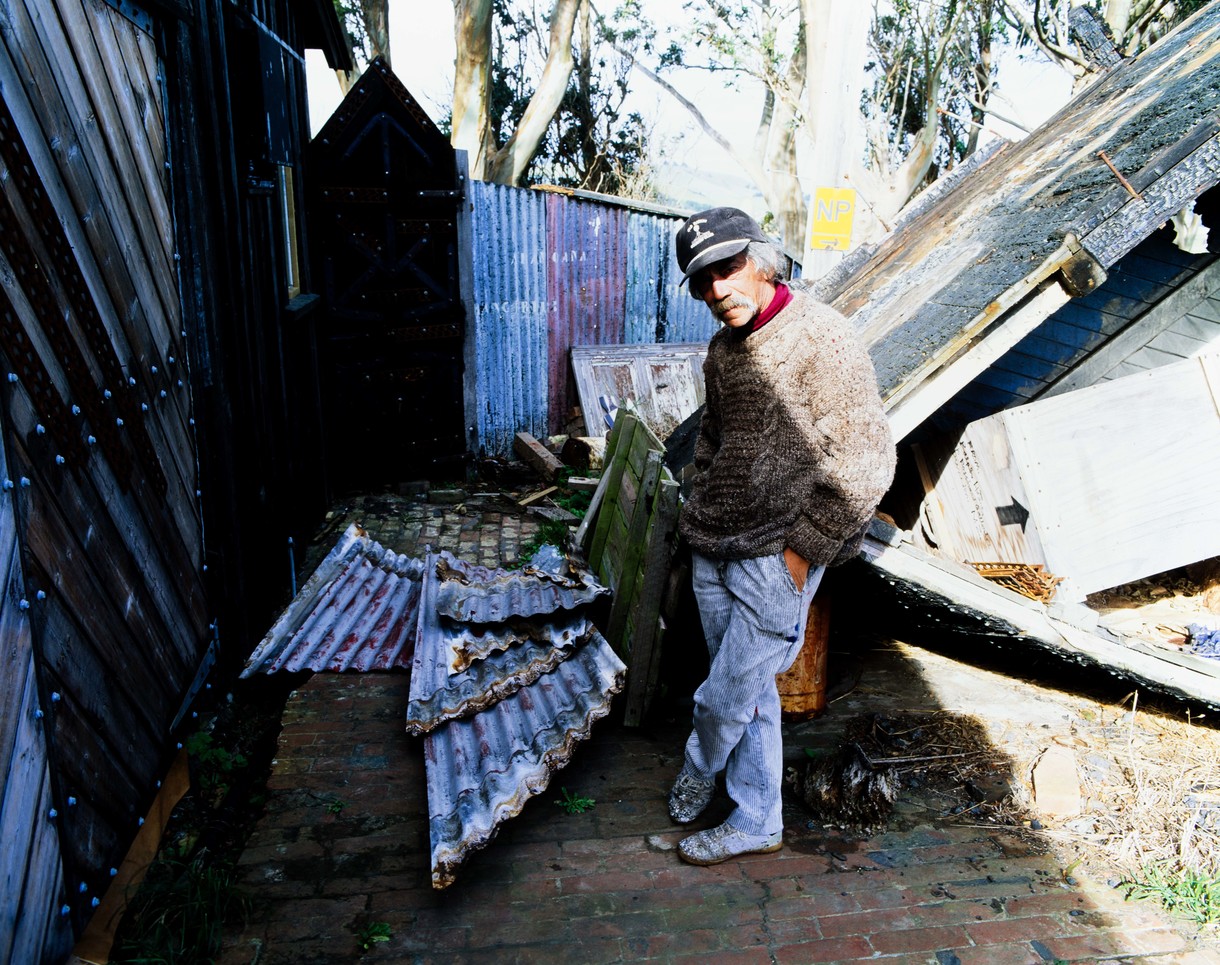
Ralph Hotere: Ātete (to resist)
Ralph Hotere’s art charted his journeys throughout Aotearoa and the world, reflecting on his experiences, identity and politics. As the first major survey exhibition of Hotere’s artistic career for over twenty years, Ātete celebrates his achievements and brings his vision to a new generation. It’s been a huge project to bring together so we thought it was timely to ask the four curators to tell us a little about their relationship with Hotere – how do they connect as individuals with the artist’s works, and the themes and the locations that they explore?
